In today’s reader-supported public service announcement, the Charlottesville Area Tree Stewards is getting ready for a series of fall classes for new volunteers. The Charlottesville Area Tree Stewards increase public awareness of the value of trees in all environments, rural and urban. The Fall 2021 class will involve a combination of online training sessions and field activities with a maximum of 32 students to facilitate the best field training possible.
The registration period opens on June 15 and slots will fill quickly! With a 15-week duration beginning August 7th and ending November 13th the online classes will precede the field activities held on every other Saturday at various locations in the Charlottesville area. Learn more at charlottesvilleareatreestewards.org.
On today’s show:
A small hydroelectric plant on the Hardware River gets the nod from the Albemarle Planning Commission
The city will work with the USDA to introduce wasps to save younger ash trees
VMDO aims to build net zero building for PVCC
Virginia aims to reduce stormwater runoff on 400,000 acres of public land
As stated in the sub-headline, June 5 is World Environment Day. This program has many beats, representing various interests I have as a reporter and community member. Today’s installment has several segments about the natural world around us, and how we may fit in.
But, first, a quick update on the status of efforts to address climate change, perhaps the biggest environmental issue of our time. The city of Charlottesville, Albemarle County, and the University of Virginia all have adopted ambitious greenhouse gas reduction goals. There’s a joint website where activities are intended to be tracked.
Charlottesville completed an inventory in 2016, and have adopted a goal to reduce greenhouse gas emissions by 45 percent by 2030 and net zero by 2050. The first measurement will be made from an inventory completed in 2011. The city is now putting together a climate action plan. (website) (emissions page)
Albemarle County adopted a climate action plan in October 2020 last year and are now working on an inventory of where emissions stand now. Supervisors have adopted a resolution seeking to be net zero by 2050 and to be 45 percent below where the numbers were in 2008. (Albemarle climate page)
UVA adopted a sustainability plan in October 2020 intended to build off of previous plans. This plan seeks for the University to become carbon neutral by 2030 and fossil fuel free by 2050. The plan also seeks to reduce water use and nitrogen emissions by 30 percent by 2030, as well as a 30 percent reduction for waste and an increase in sustainable food purchases by 30 percent. Read this plan here.
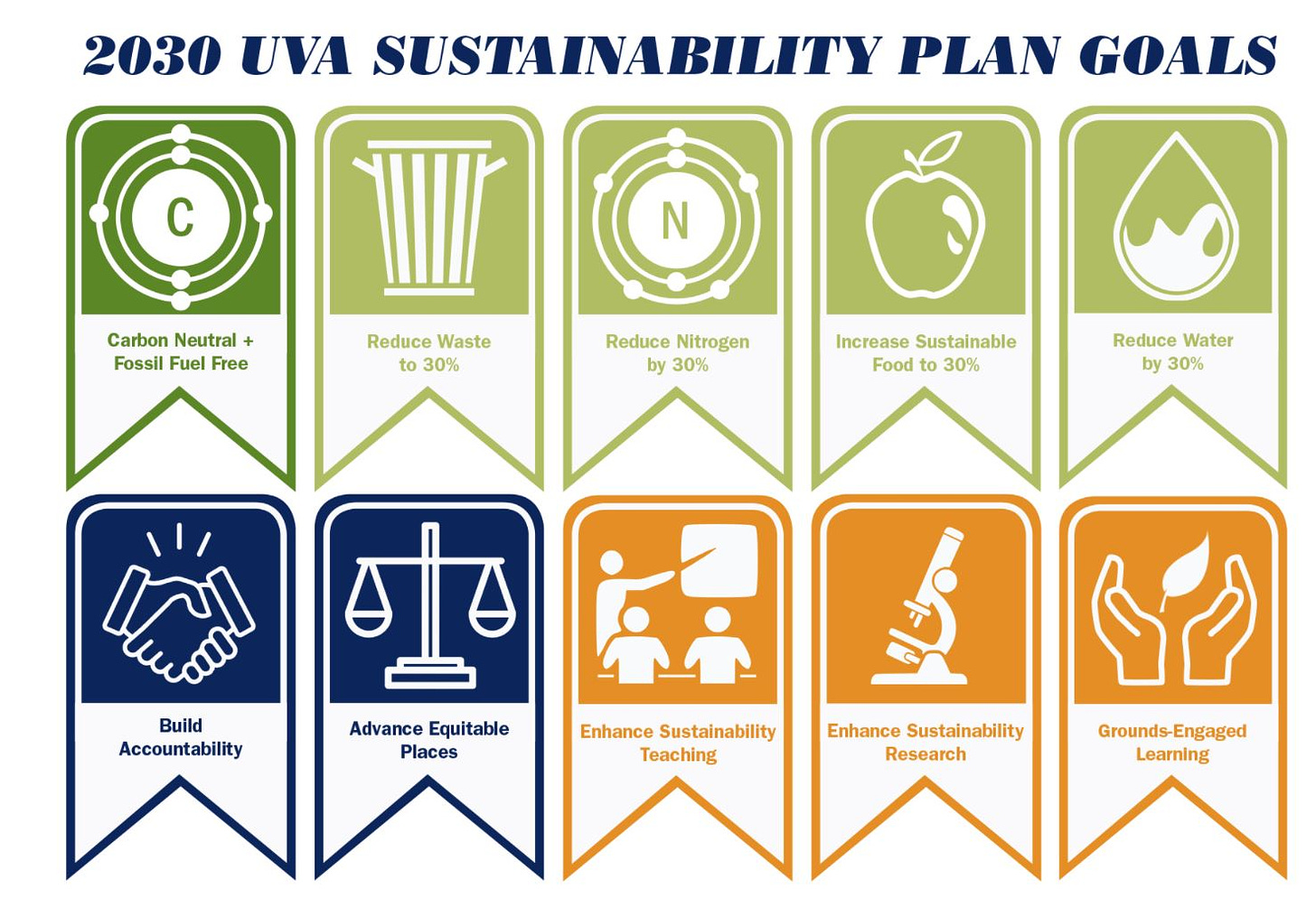
A new building under construction at Piedmont Virginia Community College aims to be a net zero energy building, the first of its kind at a higher education institution in the Commonwealth. VMDO Architects has designed the Advanced Technical Training Center which is expected to be completed in the spring of 2023. The Center will house laboratory space for robotics, advanced manufacturing, and cyber-security. The project has a budget of $21 million.
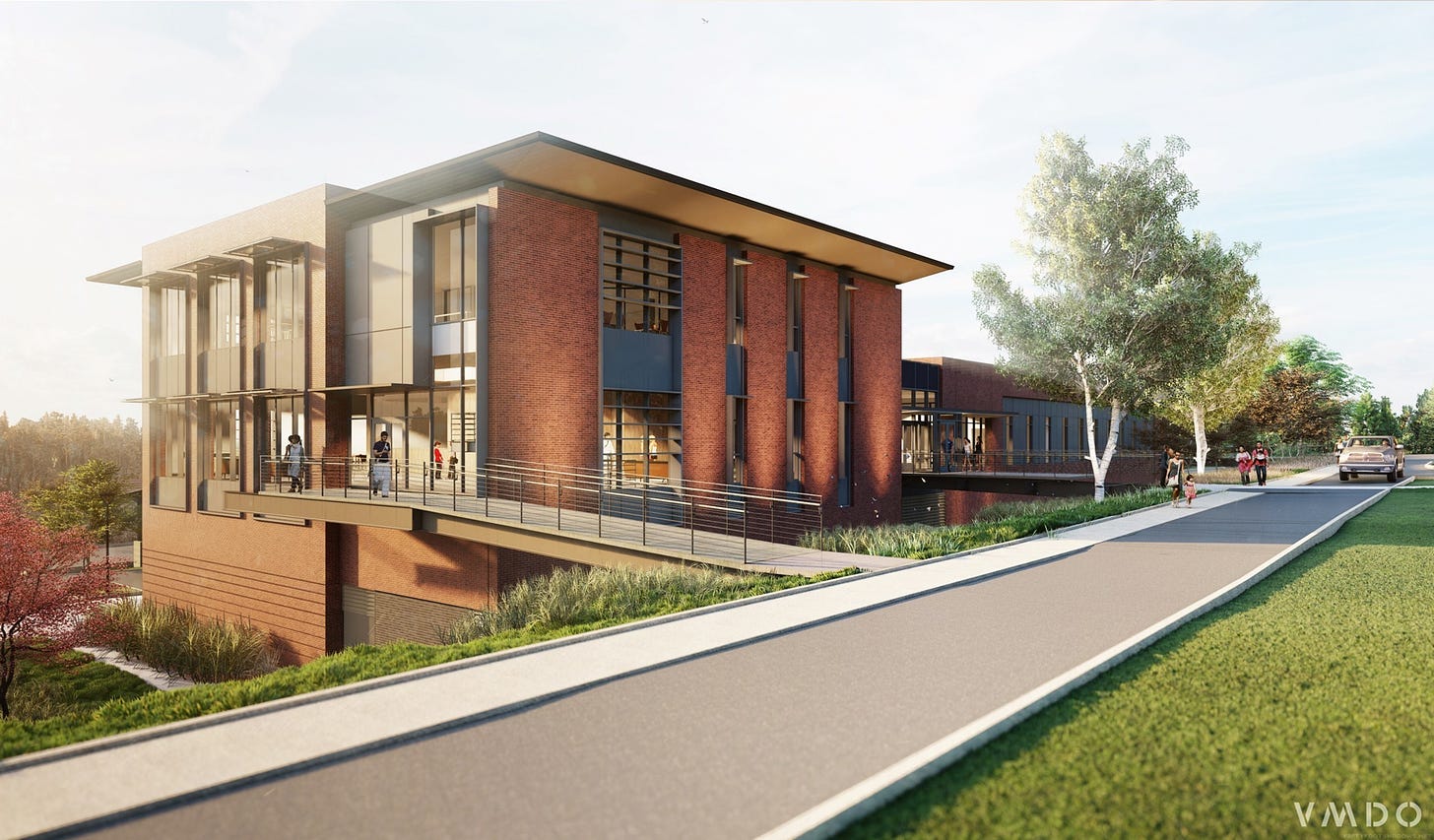
Governor Ralph Northam has signed an executive order directing state agencies and higher education facilities to take steps to reduce stormwater runoff on public land. Executive Directive Seventeen sets specific reduction targets for phosphorus and nitrogen. Those are two major pollutants that destroy habitat for aquatic species in the Chesapeake Bay by removing the oxygen.
Virginia and several other states must meet the terms of a 2009 mandate from the U.S. Environmental Protection Agency to improve water quality in the bay by making the reductions. Northam’s directive covers about 400,000 acres of land.
“The Commonwealth of Virginia has pursued and achieved significant reductions in nutrient and sediment pollution to the Chesapeake Bay and the rivers and streams that are tributaries to the Bay,” reads the directive’s summary. “Despite real progress, continued reductions in nutrient and sediment pollution are necessary both to restore the Chesapeake Bay ecosystem and to meet federal Clean Water Act requirements.”
For more details, read Sarah Vogelsong’s story posted on the Virginia Mercury.
At the local level, education efforts are coordinated by the Rivanna Stormwater Education Partnership. Local investments include millions to upgrade what’s now known as the Moores Creek Water Resource Recovery Facility - formerly known as a wastewater treatment plant. The Rivanna Water and Sewer Authority spent $48 million to reduce the amount of nitrogen and phosphorus released into the river.
The city of Charlottesville is soon to receive some help from the United States Department of Agriculture in the fight against the Emerald Ash Borer, which is devastating ash trees across the east coast. Patrick Booz is a plant health safeguarding specialist with the USDA and he addressed the city’s Tree Commission on June 1. He said the agency had been relying on quarantining ash products as a way of stopping the spread of the ash borer, but that has not been an effective strategy. The new strategy is to introduce wasps to fight the invasive ash borer.
“There’s four different species now of parasitoid wasps that are found in the native range where Emerald Ash Borers was found and that’s in Russia and China,” Booz said. ‘So these wasps will predate. They’re stingless wasps and they’re not going to harm anybody else.”
Booz said when introduced nearby, the wasps will lay their eggs inside the eggs of Emerald Ash Borer. He said this treatment is best applied to younger trees that are not yet infested, and he’s proposing introducing the wasps at the Ragged Mountain Natural Area. One member of the Tree Commission asked if there would be any unintended consequences.
“USDA has reported that there weren’t any unintended consequences so far, but I mean who knows?” Booz said. “It’s pretty early in the process but so far we haven’t had any insect species that it was attacking.”
According to a press release, the wasps have been introduced in 28 other states so far.
The city has been treating 32 ash trees since 2016 to prevent infestation, and budget constraints have prevented a wider application. Once infested, trees can die after two or three years due to larvae burrowing for food.
The Commission voted to endorse the use of wasps, but member Peggy Van Yahres voted no due to the possibility of unintended consequences.
Watch the whole Tree Commission meeting on the city’s video channel.
You’re reading to Charlottesville Community Engagement. In this subscriber supported public service announcement, over the course of the pandemic, the Albemarle Charlottesville Historical Society has provided hours and hours of interviews, presentations, and discussions about interpretations and recollections of the past. All of this is available for you to watch, for free, on the Historical Society’s YouTube Channel.
*
A plan to update a hydroelectric plant at the Jefferson Mill Dam on the Hardware River obtained a recommendation of approval from the Albemarle Planning Commission on June 1, but not without a tough question intended as a softball. In beginning of the 21st century, construction of dams is strongly discouraged in most cases, with the exception of impoundment for water supply. But the Jefferson Mill Dam dates back to the beginning of the 19th century. Bill Fritz is the county’s development process manager. (staff report)
“The existing dam and the adjacent building date to the 1800’s and the mill building is now used as a home,” Fritz said.
Power has been generated at the location for much of that time, but the proposal is to update the turbine that’s within an underground water room through which a diverted portion of the river flows.
“The project will improve the outfall from the water room, install new inlets to bring water to the turbine,” Fritz said. “The applicant has submitted by far the most extensive and complete application I’ve seen in thirty plus years I’ve worked for the county.”
However, the applicant was not quite ready to give a presentation. While not required, it’s customary for a formal presentation to be made when making a land use request. But we’ll hear more about that in a moment.
Fritz said state agencies found no significant concerns and all potential issues have been resolved. Currently fish and eels cannot swim upstream past this point, but that will change after the work is complete.
“It’s not the subject of the special use permit but the applicant is proposing to install a ladder on the dam on the opposite side of the river from the mill building,” Fritz said.
The applicant did not prepare a presentation but was available to answer questions. At first it appeared no one would ask one, but Commissioner Tim Keller went ahead and offered one up. Keller is a professor emeritus of landscape architecture at Iowa State University.
“Let me preface this by saying that I do support it and this is the great conundrum between cultural resource protection and natural resource protection that I spent my professional lifetime thinking about,” Keller said. “But just to be a devil’s advocate here, wouldn’t best practices here be to remove this dam? Best environmental practice be to remove this dam completely?”
Fritz said that did not come up during the discussion with state agencies. The project manager said there was no compelling reason to remove the dam based on this application.
“The studies that we’ve done thus far and the information that’s publicly available indicates that the dam is not a huge hindrance to species, especially species of concern, going upstream any farther due to the amount of dams that are below the Jefferson site,” said Jessica Pendrod of Natel Energy.
Keller was satisfied with the answer, but civil engineer Joseph Head jumped on the Zoom call to offer this response.
“The best practices would probably be to tell us to tear up all of our freeways and turn them into meadows full of butterflies,” said Joseph Head. “But that would make it hard to get your truck around if you did that. So it’s a balance between human existence and the animals.”
Head said the stone dam has withstood years of being pummeled by the Hardware, which he called a “flashy” river that can go from an easy stream to a raging torrent in hours if there’s enough rainfall.
“This dam’s actually totally amazing,” Head said. “These guys built this and did it my hand 200 years ago. It’s just rock and mortar and it’s still there. This river has been pounding on this dam for 200 years and it’s still there.”
Commissioner Karen Firehock also supported the project, but said that the best practice would be to at least study a partial removal of the dam.
“From an environmental perspective, the best option would be a partial breach of this dam so that we don’t have a dam across the river and if anyone wants to study this, there are a multitude of dams that have been come down in Virginia including some major ones,” Firehock said. “There’s a whole host of problems that occur from warming water behind the dam, from preventing migration and passage, from trapping sediments, sometimes which are contaminated.”
Firehock supported the upgrade of the powerplant but did not want that vote to be interpreted as support for continued existence of dams.
“Just because something is historic doesn’t mean we should maintain it,” Firehock said. “There are historic coal mines. No one would make an argument for maintaining all of our historic coal mines so I just don’t think that argument holds water so to speak.”
To learn more about the dam removal at the Rivanna River, visit the Rivanna Conservation Alliance.
You can watch the whole item on the Albemarle County YouTube page.
Special thanks to the Valley Research Center for a donation in January that has helped provide music beds for the audio version of this. I strongly suggest listening to the program if you’ve not heard it before.
Subscribe in Apple Podcasts or Spotify or Amazon or just hit the play button above!




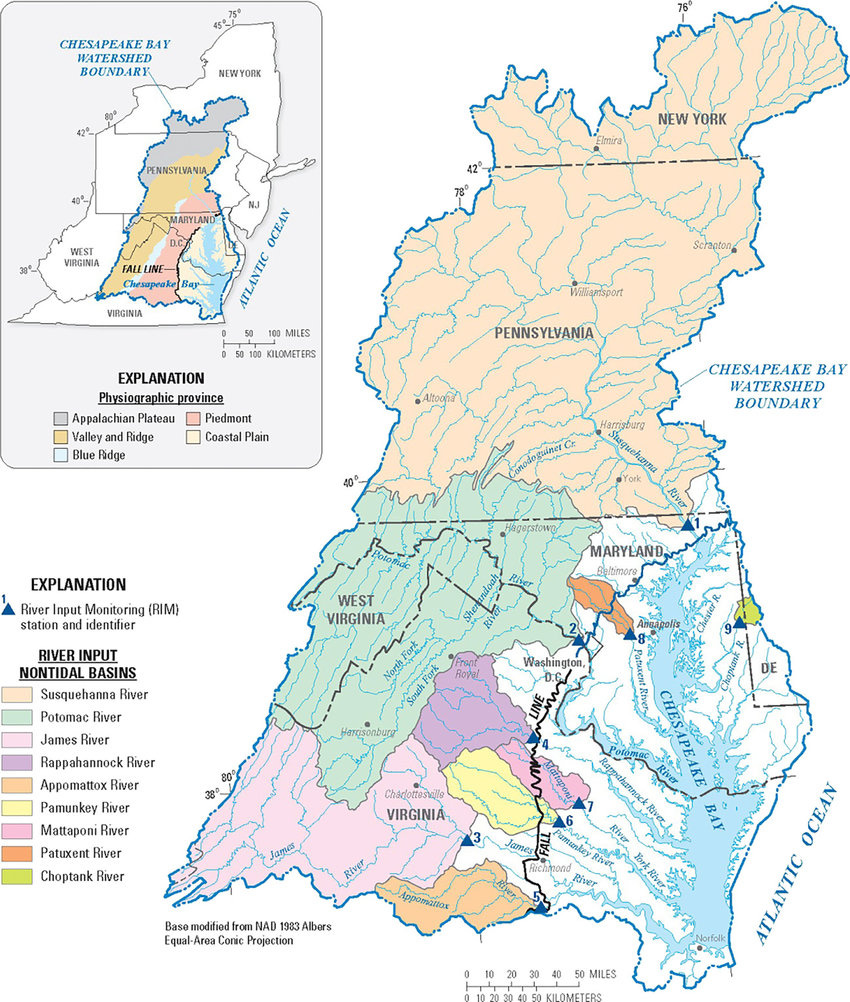
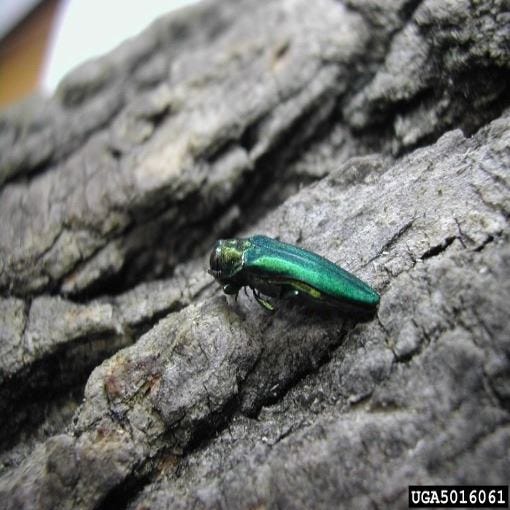
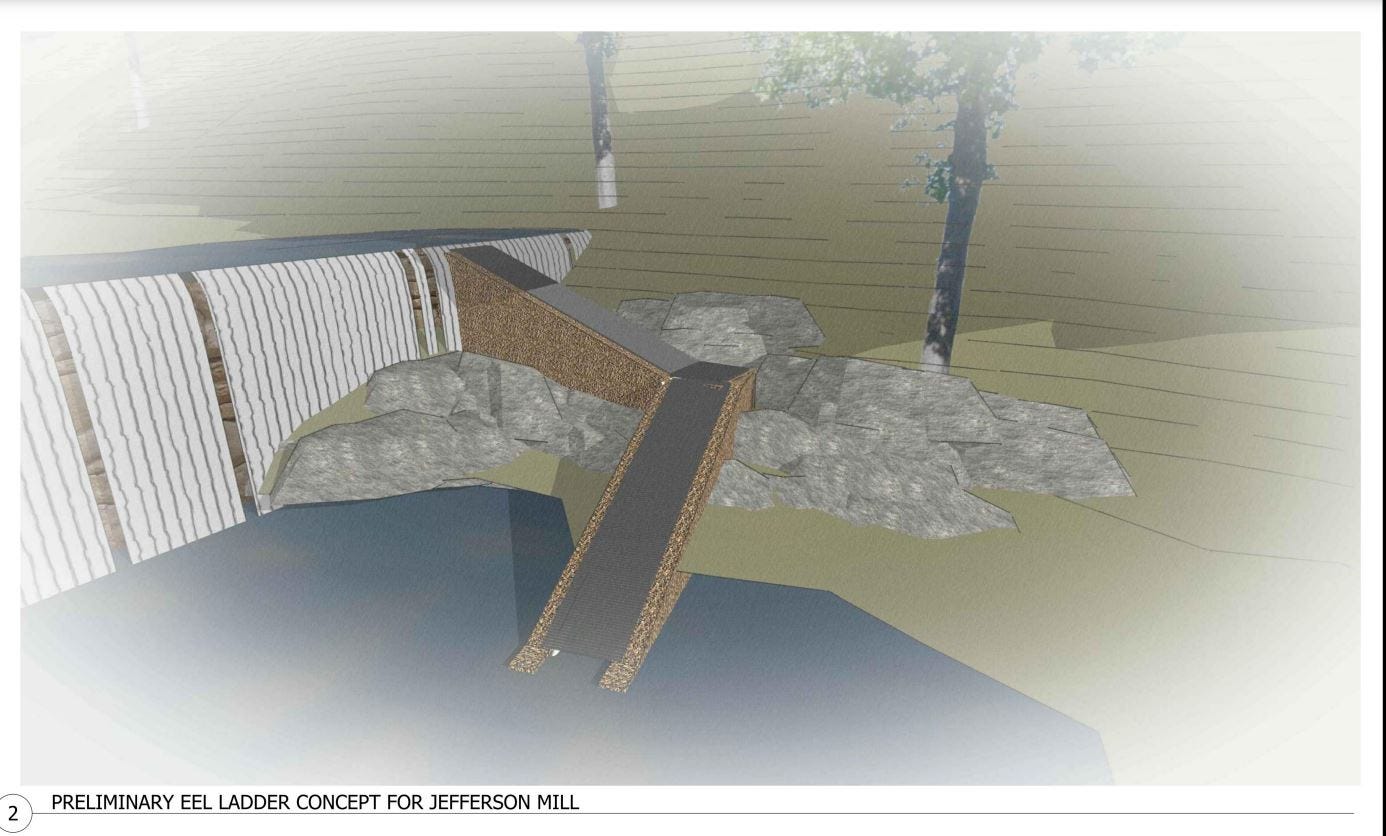








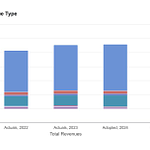

June 5, 2021: Charlottesville to use wasps to fight ash borer; Albemarle PC recommends hydroelectric update at Hardware River dam